Comma Worksheets for College Students
Comma worksheets are a valuable tool for college students who want to improve their writing skills and enhance their understanding of proper punctuation usage. These worksheets provide a structured approach to learning about commas, covering topics such as comma placement in lists, with conjunctions, in introductory phrases, and more. By using these worksheets, college students can enhance their writing clarity and precision, ensuring their papers and essays are well-organized and effectively communicate their ideas.
Table of Images 👆
More Student Worksheets
Middle School Student Goals WorksheetWho I AM Student Worksheet
High School Student Information Worksheet
Student Art Critique Worksheet
Student Getting to Know You Worksheet
Daily Journal Worksheet for Students
Star Student Printable Worksheet
Self-Esteem Worksheets for Students
Career Planning Worksheets for Students
What is a comma?
A comma is a punctuation mark used to separate items in a list, divide clauses in a sentence, indicate a pause in writing or speech, or clarify meaning by setting off non-essential information.
When should a comma be used in a series?
A comma should be used in a series to separate three or more items in a list, before the conjunction "and" or "or". For example: "I bought apples, oranges, and bananas." The comma helps to clarify the individual items in the list and improve readability.
How is a comma used to separate coordinate adjectives?
In a sentence with multiple coordinate adjectives describing a noun, a comma is used to separate the adjectives when the order of the adjectives can be switched without changing the meaning of the sentence. For example, in the phrase "The cute, fluffy dog," the adjectives "cute" and "fluffy" are coordinate adjectives and can be reversed without altering the sentence's meaning.
When should a comma be used to set off introductory words or phrases?
A comma should be used to set off introductory words or phrases at the beginning of a sentence to separate them from the main part of the sentence. This helps to provide clarity and make the sentence easier to read by signaling to the reader that the introductory element is separate from the rest of the sentence and should be considered separately.
How is a comma used to offset nonrestrictive elements?
A comma is used to offset nonrestrictive elements, such as nonessential information or phrases that are not crucial to the main sentence, by setting them apart to indicate that they can be omitted without changing the essential meaning of the sentence. This helps to provide additional information or clarification while keeping the main focus on the key points of the sentence.
What is the purpose of using a comma with coordinating conjunctions?
The purpose of using a comma with coordinating conjunctions is to separate independent clauses in a sentence. By placing a comma before the coordinating conjunction (such as and, but, or, nor, for, so, yet), you are indicating a slight pause and making it clear that two distinct ideas or clauses are being linked together. This helps to improve clarity and understanding in the overall structure of the sentence.
When should a comma be used to separate items in dates and addresses?
A comma should be used to separate items in dates when listing the day, month, and year (e.g., July 4, 1776) and in addresses when separating the city or town from the state or country (e.g., New York, NY, United States).
How is a comma used to indicate direct address?
A comma is used to indicate direct address in a sentence by separating the person or thing being directly addressed from the rest of the sentence. For example, "John, could you please pass the salt?" In this sentence, "John" is being directly addressed, and the comma after his name signals that the speaker is speaking directly to him.
When should a comma be used to separate quotations from the rest of the sentence?
A comma should be used to separate quotations from the rest of the sentence when the quotation is being integrated into the sentence's structure, such as when it is part of the sentence's flow or when it is being attributed to a specific source or speaker. For example, "I love to read," she said, "especially mystery novels.
How is a comma used to separate contrasting or contrasting elements?
A comma is used to separate contrasting or contrasting elements in a sentence to create clarity and emphasis. By inserting a comma before the conjunctions "but," "yet," "while," or "however," it signals a shift from one idea or element to another that contrasts with the first. This helps the reader distinguish between the two contrasting elements and understand the relationship between them within the sentence.
Have something to share?
Who is Worksheeto?
At Worksheeto, we are committed to delivering an extensive and varied portfolio of superior quality worksheets, designed to address the educational demands of students, educators, and parents.

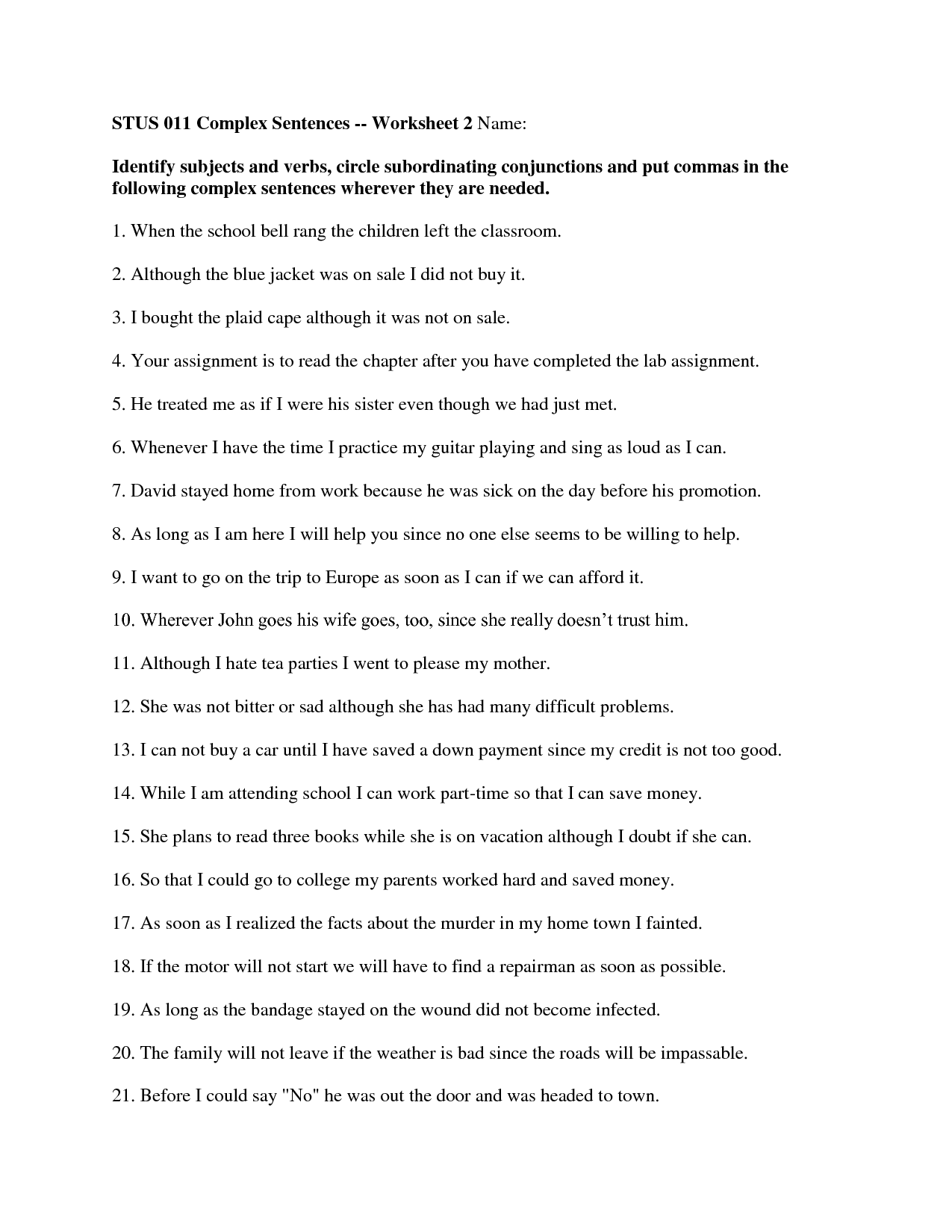



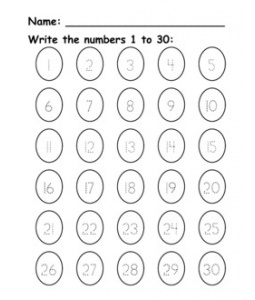
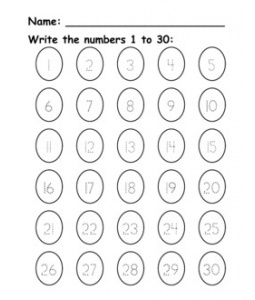
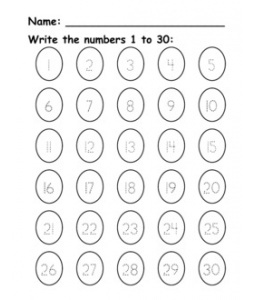
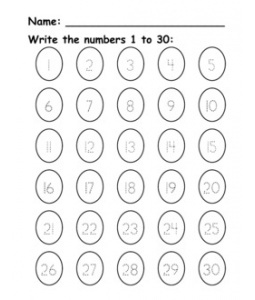

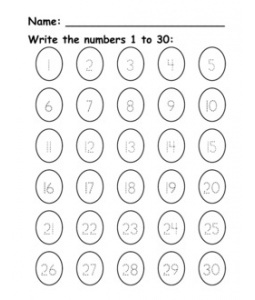
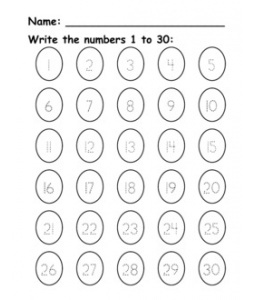
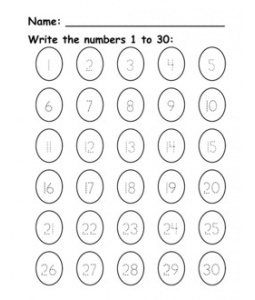
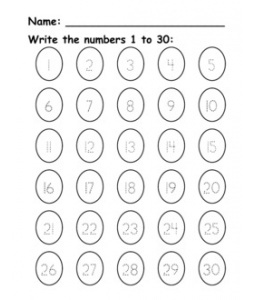
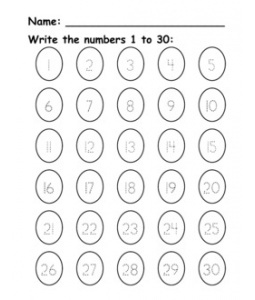
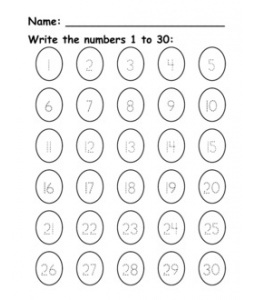
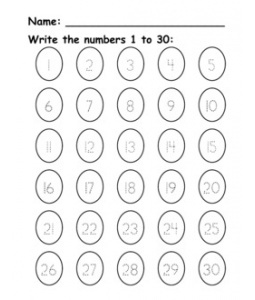
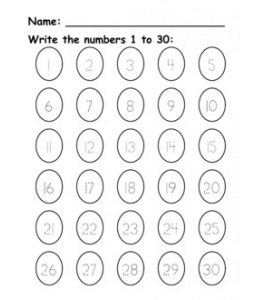
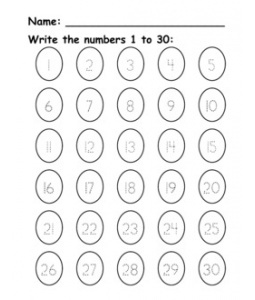
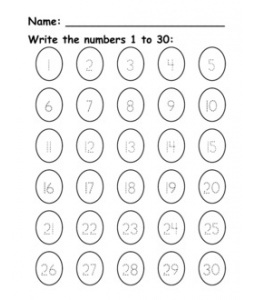
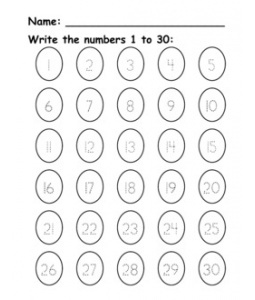
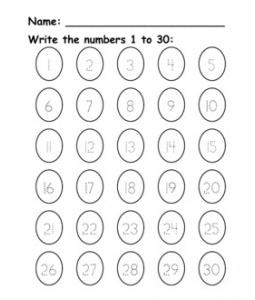
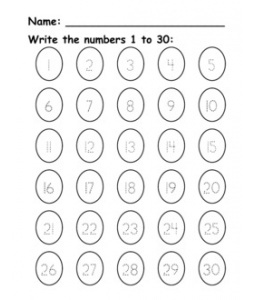
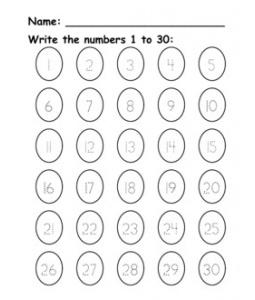








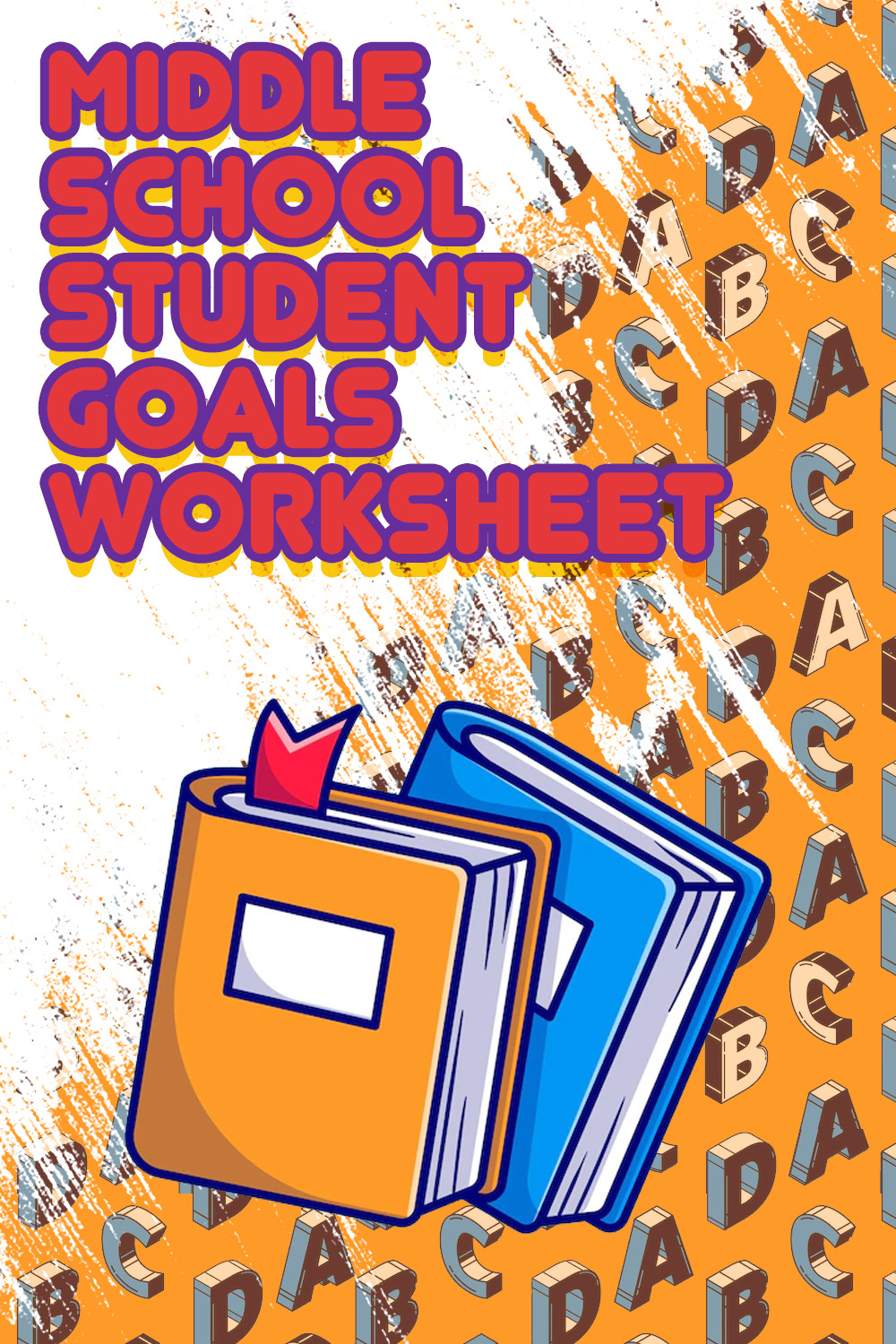
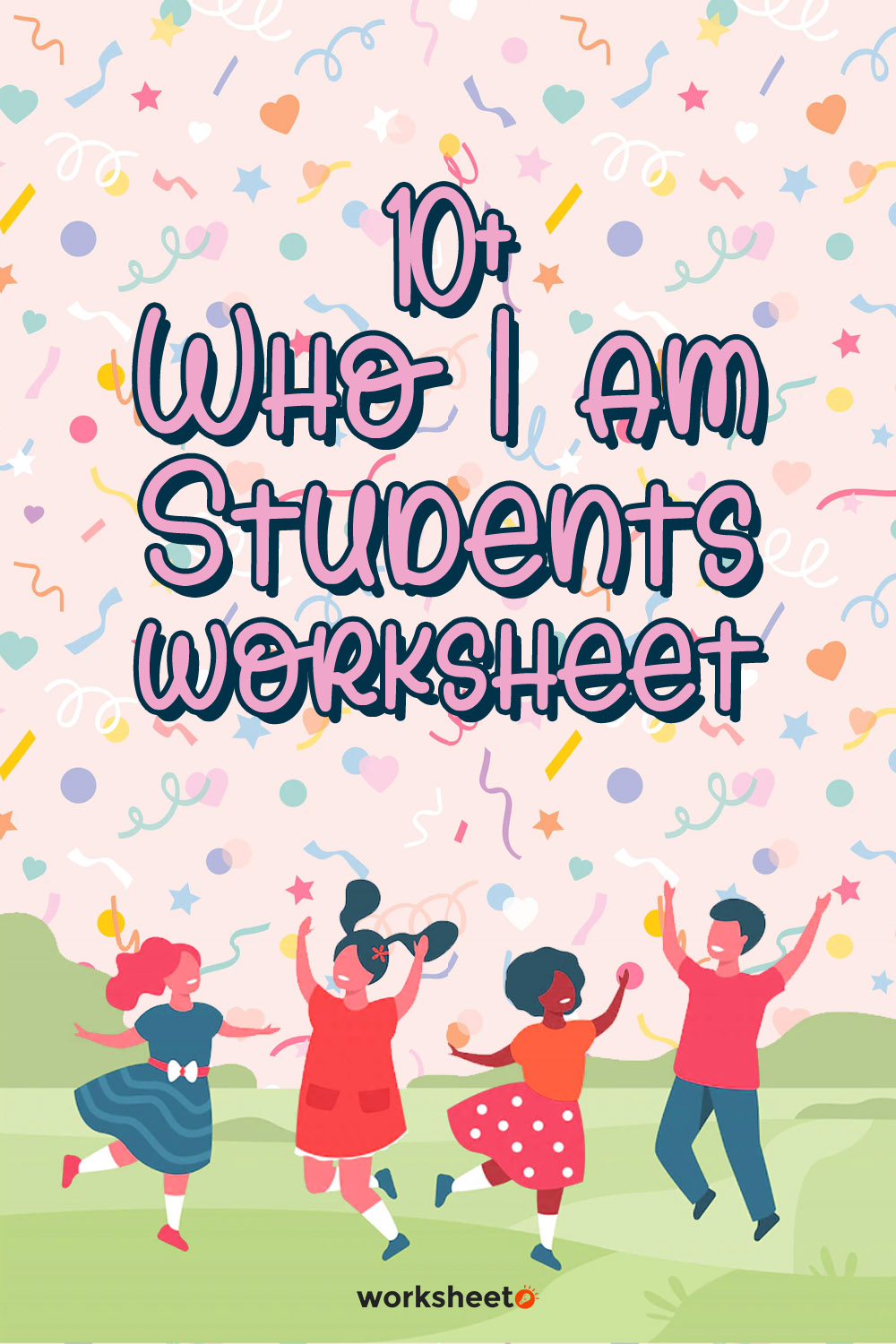



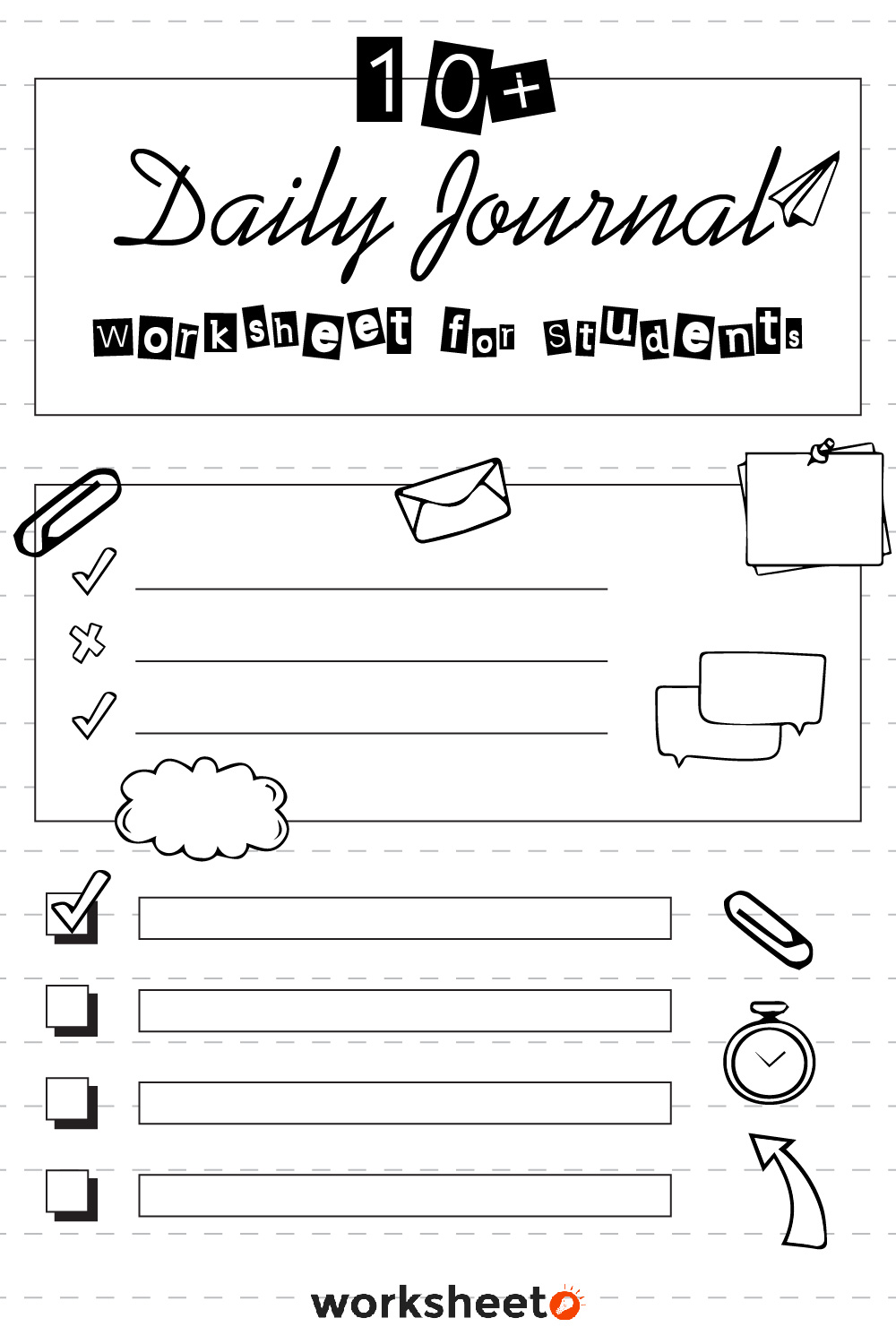
Comments